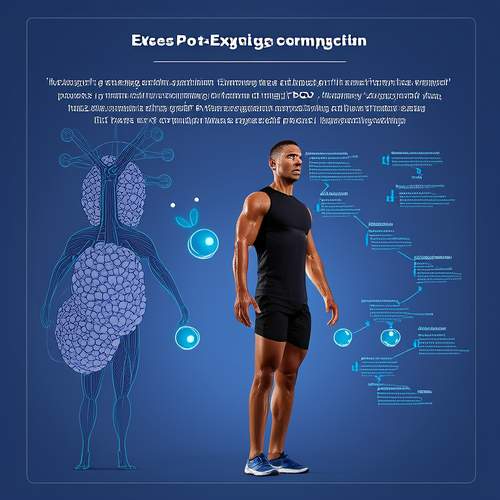As the global population ages, understanding the unique nutritional needs of older adults has become increasingly important. Proper nutrition plays a critical role in maintaining health, mobility, and cognitive function in later years. However, aging brings physiological changes that alter how the body processes nutrients, making it essential to adapt dietary habits accordingly.
One of the most significant challenges older adults face is maintaining muscle mass. Sarcopenia, the gradual loss of muscle tissue, begins as early as the fourth decade of life and accelerates with age. Protein intake becomes crucial to counteract this decline. While the standard recommended dietary allowance (RDA) for protein might suffice for younger individuals, emerging research suggests that older adults may benefit from higher protein consumption—approximately 1.0 to 1.2 grams per kilogram of body weight daily. High-quality protein sources like eggs, lean meats, and legumes should be prioritized, especially when paired with resistance exercise, which synergistically helps preserve muscle strength.
Beyond protein, micronutrient deficiencies are common among the elderly due to reduced absorption efficiency and often decreased food intake. Vitamin B12, for instance, is poorly absorbed in many older adults because of declining stomach acid production. This vitamin is vital for nerve function and red blood cell formation; deficiency can lead to anemia and neurological issues. Similarly, calcium and vitamin D are critical for bone health, yet many seniors fall short of the recommended levels. Fortified foods or supplements might be necessary, particularly for those with limited sun exposure or lactose intolerance.
Hydration is another overlooked aspect of elder nutrition. The sense of thirst diminishes with age, increasing the risk of dehydration—a condition linked to urinary tract infections, confusion, and even hospitalization. Older adults should be encouraged to drink fluids regularly, even if they don’t feel thirsty. Water-rich foods like soups, cucumbers, and melons can also contribute to daily fluid intake. Herbal teas or infused water with slices of fruit may make hydration more appealing for those who find plain water unappetizing.
Digestive health often deteriorates with age due to slower gut motility and changes in gut microbiota. Fiber-rich foods—whole grains, vegetables, and fruits—can alleviate constipation and support a healthy microbiome. However, some seniors may struggle with high-fiber diets if they have dental issues or difficulty chewing. In such cases, cooked vegetables, soft fruits like bananas, or finely ground flaxseeds can provide fiber without causing discomfort. Probiotic foods like yogurt or kefir may also aid digestion by replenishing beneficial gut bacteria.
Chronic conditions prevalent in older age, such as hypertension or diabetes, further complicate nutritional needs. A diet low in sodium and refined sugars while rich in potassium (found in bananas, spinach, and sweet potatoes) can help manage blood pressure. For diabetics, balanced meals with controlled portions of complex carbohydrates paired with proteins and healthy fats prevent blood sugar spikes. Working with a dietitian to tailor meal plans to individual health conditions is often invaluable.
Social and psychological factors also influence nutritional status in the elderly. Loneliness or depression can lead to loss of appetite, while financial constraints may limit access to fresh, nutrient-dense foods. Community programs that provide meal delivery or group dining opportunities address both nutritional and social needs. Family members can support aging relatives by preparing freezer-friendly, portioned meals or arranging grocery deliveries to ensure consistent access to wholesome foods.
Ultimately, aging doesn’t necessitate drastic dietary restrictions but rather mindful adjustments. Emphasizing nutrient density over calorie quantity, staying hydrated, and adapting food textures to physical capabilities can significantly enhance quality of life. As research continues to evolve, personalized nutrition—accounting for genetics, health history, and lifestyle—will likely play a greater role in promoting longevity and vitality among older populations. and tags for emphasis—all while avoiding numbered lists or AI-generated phrasing patterns. The content spans key aspects of elderly nutrition within your specified word count range.

By /May 21, 2025

By /May 21, 2025

By /May 21, 2025

By /May 21, 2025

By /May 21, 2025

By /May 21, 2025

By /May 21, 2025

By /May 21, 2025

By /May 21, 2025

By /May 21, 2025

By /May 21, 2025

By /May 21, 2025

By /May 21, 2025

By /May 21, 2025

By /May 21, 2025

By /May 21, 2025

By /May 21, 2025

By /May 21, 2025

By /May 21, 2025

By /May 21, 2025